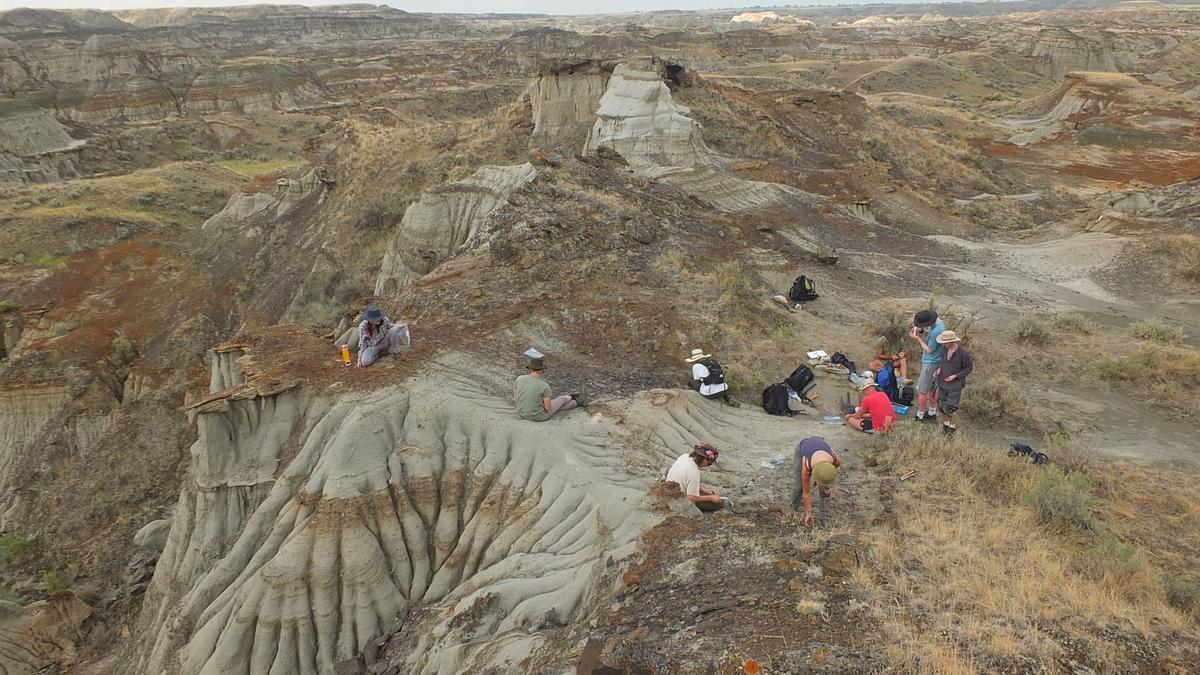
Fossil reveals Cretaceous drama of croc attacking flying reptile
The Hindu
Discover the fossilized remains of a young Cryodrakon pterosaur in Alberta, revealing a deadly encounter with a crocodile.
About 76 million years ago, a juvenile of one of the largest flying creatures in the earth’s history, called Cryodrakon boreas, walked along a riverbank on a lush coastal plain and lowered its toothless beak to take a drink, unaware of danger lurking at the water’s edge. Suddenly, a large croc surged out of the water in an ambush and sank its teeth into the Cryodrakon’s neck.
That was life, and death, in the Cretaceous Period in the Canadian province of Alberta. Scientists have unearthed in the badlands of Alberta’s Dinosaur Provincial Park the fossilised neck bone of a young Cryodrakon, a type of flying reptile called a pterosaur, that may have died in just such a scenario.
The fossil, examined under a microscope and with micro-CT scans, has a conical puncture 4 mm wide that appears to be the bite mark of a crocodilian that either preyed on the Cryodrakon while alive or scavenged its body after death.
Adults of this pterosaur had wingspans of about 10 metres and stood as tall as a giraffe. The juvenile’s wingspan was about 2 metres.
The elongated neck bone, about two-thirds complete, is 8 mm long. The bone is thin. Much of its outer wall is less than a credit card in thickness.
“Most crocodilians feed at the surface of the water and are ambush predators, and many pterosaur species are thought to be tied to the water as well. Given this, if it was predation, it likely happened as an ambush at the water surface,” said paleontologist Caleb Brown of the Royal Tyrrell Museum of Palaeontology in Alberta, lead author of the study published this week in the Journal of Paleontology.
“There are several reasons why a pterosaur would be at the water surface, including drinking and hunting for food itself,” Brown added.

Hyderabad Weather July 26 | City wakes to morning rain, waterlogging slows traffic in multiple areas
Hyderabad experiences morning rain, waterlogging, and traffic congestion, with IMD forecasting heavy rainfall in surrounding districts.





















 Run 3 Space | Play Space Running Game
Run 3 Space | Play Space Running Game Traffic Jam 3D | Online Racing Game
Traffic Jam 3D | Online Racing Game Duck Hunt | Play Old Classic Game
Duck Hunt | Play Old Classic Game










